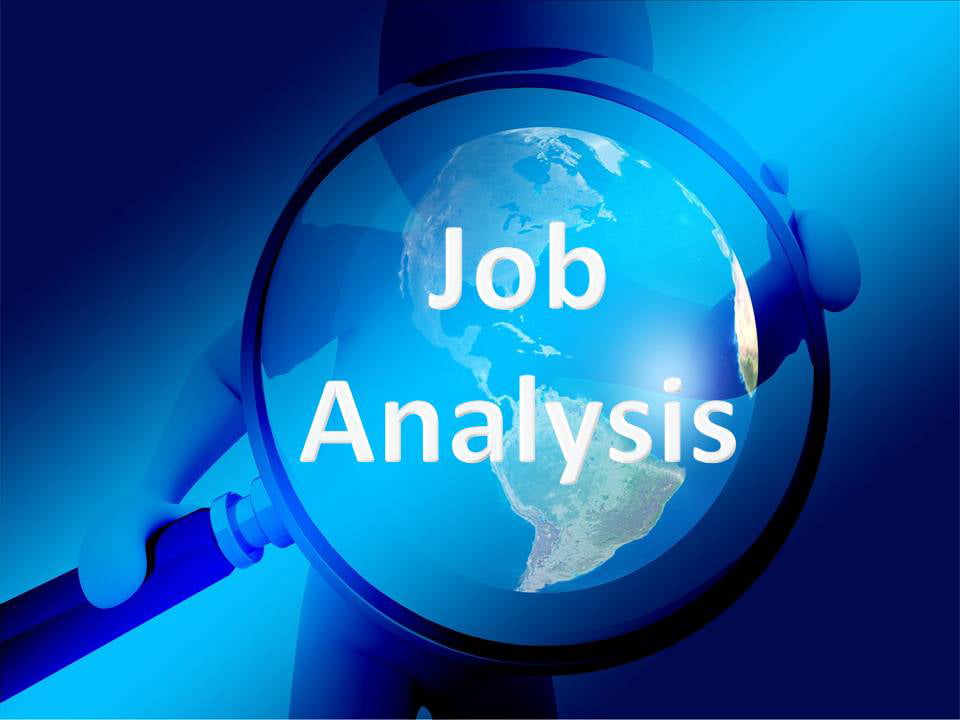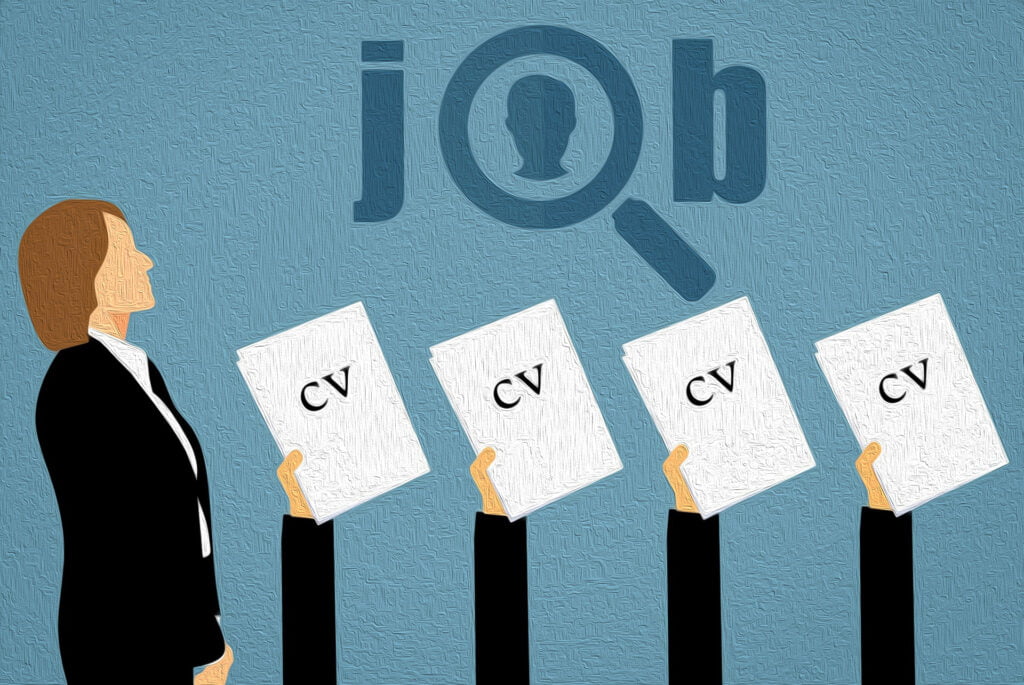Introduction to Employee Relationship Management
Imagine walking into a workplace where everyone feels valued, heard, and motivated. Sounds like a dream, right? Well, that’s exactly what Employee Relationship Management (ERM) aims to achieve. At its core, ERM is all about fostering strong, positive relationships between employers and employees to create a thriving work environment.
But why does it matter? Think about it—happy employees are more productive, loyal, and engaged. Unlike Customer Relationship Management (CRM), which focuses on clients, ERM zeroes in on the people who keep the business running—your workforce.
So, whether you’re a manager looking to boost team morale or an employee wondering how companies can better support you, this guide will break down everything you need to know about ERM—without the corporate jargon.
The Core Components of Employee Relationship Management
ERM isn’t just about throwing a pizza party once in a while—it’s a structured approach to nurturing workplace relationships.
Here’s what makes it tick:
1. Communication Strategies
Open, honest communication is the backbone of ERM. Companies that encourage two-way feedback—where employees can voice concerns and ideas—create a culture of trust. Tools like regular check-ins, anonymous surveys, and open-door policies help bridge gaps before they become problems.
2. Conflict Resolution
Let’s face it—workplace conflicts are inevitable. But how they’re handled makes all the difference. Effective ERM includes mediation techniques, clear grievance procedures, and unbiased HR support to ensure disputes don’t escalate.
3. Employee Engagement
Engaged employees don’t just show up—they bring their best selves to work. Recognition programs, team-building activities, and personalized incentives keep motivation high. After all, who doesn’t love being appreciated?
4. Work-Life Balance
Burnout is a real buzzkill. Companies that prioritize flexible schedules, remote work options, and wellness programs see happier, more productive teams. Because let’s be honest—no one performs well when they’re overworked and exhausted.
5. Performance Management
Constructive feedback beats harsh criticism any day. Regular performance reviews, goal-setting sessions, and career development plans help employees grow while keeping them aligned with company objectives.
Importance of Employee Relationship Management
Still not convinced ERM is a big deal? Here’s why it should be on every company’s priority list:
- Boosts morale and job satisfaction – Employees who feel valued stick around longer.
- Reduces turnover – High retention saves companies thousands in hiring costs.
- Enhances productivity – A motivated team gets more done in less time.
- Strengthens company culture – A positive workplace attracts top talent.
In short, ERM isn’t just HR fluff—it’s a business game-changer.
Key Strategies for Effective Employee Relationship Management
Want to improve ERM in your organization? Here’s how:
1. Build Trust and Transparency
No one likes secrets—especially not employees. Transparency about company goals, challenges, and decisions fosters trust.
2. Encourage Two-Way Communication
Listening is just as important as speaking. Regular team meetings, suggestion boxes, and feedback loops ensure everyone has a voice.
3. Recognize and Reward Employees
A simple “thank you” can go a long way. Whether through bonuses, shout-outs, or promotions, recognition keeps employees engaged.
4. Provide Growth Opportunities
Stagnation kills motivation. Training programs, mentorship, and career advancement paths show employees they have a future in the company.
5. Leverage Technology
From HR software (BambooHR, Workday) to engagement tools like Officevibe, tech simplifies ERM by tracking feedback, performance, and satisfaction.
Common Challenges in ERM
Even the best ERM strategies hit roadblocks. Here are some common ones:
- Remote Work Struggles – Lack of face-to-face interaction can weaken relationships.
- Generational Gaps – Boomers and Gen Z have different work styles.
- Miscommunication – Assumptions lead to conflicts.
Measuring Employee Relationship Management Success
You can’t improve what you don’t measure—and that’s especially true for Employee Relationship Management (ERM). But how do you know if your efforts are actually paying off? The key is tracking the right metrics.
First, employee satisfaction surveys give you direct insight into how your team feels. Are they happy with communication, recognition, and growth opportunities? Honest feedback helps pinpoint what’s working and what needs fixing.
Next, keep an eye on retention rates. High turnover is a red flag—it often means employees don’t feel valued or engaged. If people are sticking around longer, your ERM strategy is likely on the right track.
Finally, productivity metrics tell the real story. Are teams meeting goals efficiently? Higher output with less burnout usually signals a healthy work environment.
By monitoring these three areas, you’ll have a clear picture of whether your ERM efforts are making a real difference—or if it’s time to rethink your approach.
Future Trends in Employee Relationship Management
The workplace is evolving faster than ever, and Employee Relationship Management (ERM) must keep up. Gone are the days of one-size-fits-all policies—today’s workforce demands flexibility, personalization, and well-being as non-negotiables. So, what’s on the horizon for ERM? Here are three game-changing trends shaping the future of how companies engage with their employees.
1. AI-Driven HR Tools for Personalized Employee Experiences
Artificial Intelligence (AI) isn’t just for chatbots and fraud detection—it’s revolutionizing HR by tailoring employee experiences like never before.
- Predictive Analytics for Career Growth
AI analyzes performance data, skills gaps, and career aspirations to recommend personalized development paths. Imagine a system that nudges an employee with, “Based on your project success, here’s a leadership course to prepare you for a management role.” - Smart Recruitment & Onboarding
AI-powered tools streamline hiring by matching candidates to roles based on cultural fit and skills, while chatbots guide new hires through onboarding, answering FAQs in real time. - Real-Time Feedback & Sentiment Analysis
Natural Language Processing (NLP) scans employee surveys, emails, and even meeting tones to gauge morale. If frustration spikes in a team, managers get alerts to intervene early
2. Mental Health Support as a Standard Benefit
The stigma around mental health is crumbling, and companies are stepping up. ERM in 2025 isn’t just about productivity—it’s about holistic well-being.
- Embedded Mental Health Programs
Companies are integrating therapy apps (like Talkspace or Headspace) into benefits packages and training managers to spot burnout signs. - Flexible Work for Psychological Safety
Policies like “no-meeting Fridays” or “mental health days” are becoming standard. Some firms even track workload algorithms to prevent burnout before it happens. - AI-Powered Wellness Coaches
Chatbots like Woebot offer CBT-based counseling, while wearables (e.g., Fitbit) sync with HR systems to suggest stress-reduction breaks.
3. Hybrid Work Models Balancing Flexibility & Connection
The office isn’t dead—but it’s no longer the default. The future is phygital (physical + digital), blending the best of both worlds 6.
- Smart Office Spaces
Offices are redesigning for collaboration, with IoT sensors optimizing desk bookings and AI adjusting lighting/temperature for comfort. - Virtual Culture-Building
Remote teams use VR for immersive onboarding or metaverse “watercooler chats.” Slack channels dedicated to hobbies (e.g., #parenting-support) foster connection. - Outcome-Based Performance Metrics
Instead of tracking hours, ERM tools measure deliverables. This rewards efficiency over presenteeism—key for global teams across time zones.
Conclusion
ERM isn’t just a buzzword—it’s the secret sauce to a thriving workplace. By prioritizing communication, engagement, and trust, companies can build teams that are loyal, productive, and happy.
So, whether you’re a leader or an employee, it’s time to ask: How strong are your workplace relationships? Because in the end, people don’t leave jobs—they leave bad environments.
Ready to transform your workplace? Start with ERM today!
See Also : What is Employee Relations




